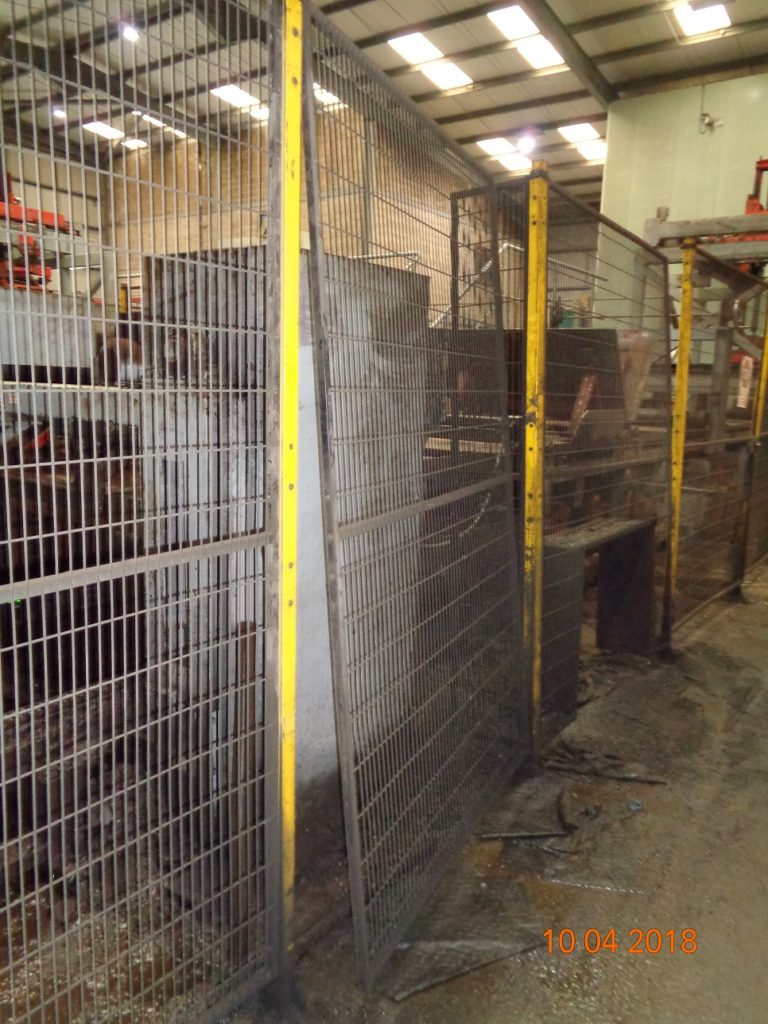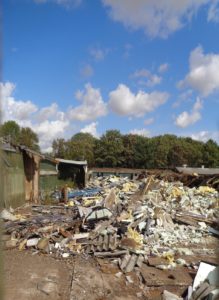Council fined after worker falls from stepladder
Central Bedfordshire Council has been sentenced after a worker fell from a roof.
Luton Magistrates’ Court heard that on 19 December 2017, the injured person was climbing on to the roof of a school from a stepladder to retrieve a child’s shoe when he fell. He sustained eight broken ribs, a grade four lacerated liver and a punctured lung.
An investigation by the Health and Safety Executive (HSE) found that the Council did not have a risk assessment or safe system for working at height in place to retrieve items from the roof.
Central Bedfordshire Council of Priory House, Monks Walk, Chicksands, pleaded guilty to breaching Regulation 4 (1) of Work at Height Regulations 2005 and was fined £9,308.00 with £7,699.32 costs .
Speaking after the hearing HSE inspector, Rubeena Surnam, said: “Falls from height remain one of the most common causes of work-related fatalities in this country and the risks associated with working at height are well known.
“Those in control of work have a responsibility to devise safe methods of working and to provide the necessary information, instruction and training to their workers. If a safe system of work had been in place prior to the incident, the serious injuries sustained by the employee could have been prevented.”
Notes to Editors:
- The Health and Safety Executive (HSE) is Britain’s national regulator for workplace health and safety. We prevent work-related death, injury and ill health through regulatory actions that range from influencing behaviours across whole industry sectors through to targeted interventions on individual businesses. These activities are supported by globally recognised scientific expertise. www.hse.gov.uk
- More about the legislation referred to in this case can be found at: www.legislation.gov.uk/
- HSE news releases are available at http://press.hse.gov.uk
- www.hse.gov.uk/work-at-height/step-by-step-guide.htm
The post Council fined after worker falls from stepladder appeared first on HSE Media Centre.



